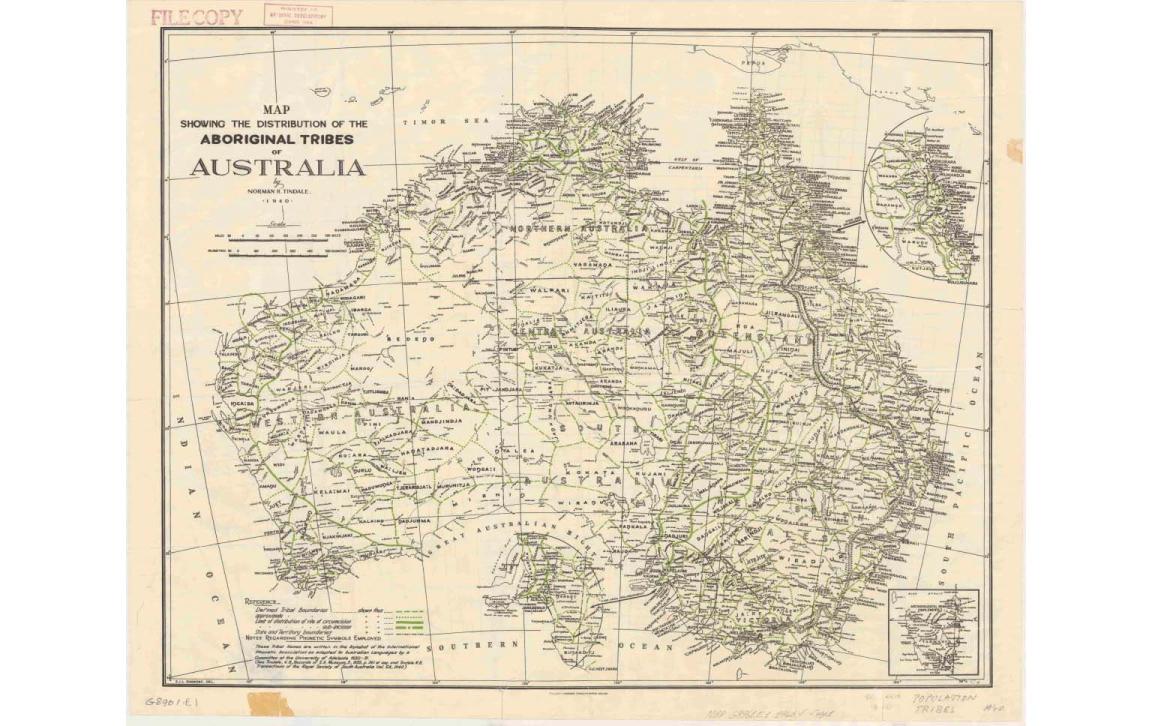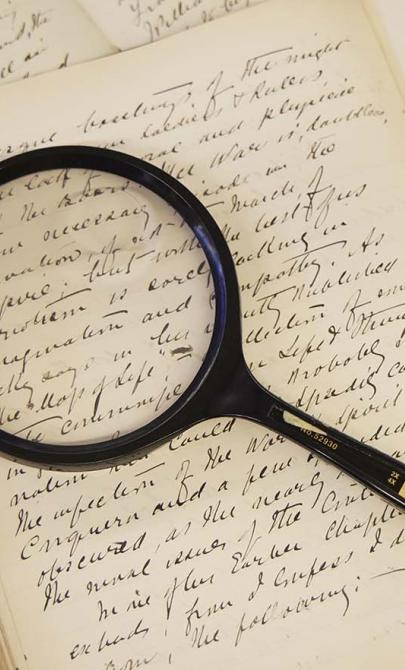Describing weather
Seasonal calendars in Australia
Colonial settlers brought the concept of four distinct seasons to Australia. While this framework fits much of southern Australia, non-Indigenous people in other regions often recognise seasonal changes as wet and dry.
Indigenous communities have long-established seasonal calendars that reflect their deep knowledge of the environment. For example, the Bininj/Mungguy people of Kakadu identify 6 seasons:
- Gudjewg: monsoonal
- Banggerreng: stormy
- Yegge: cool
- Wurrgeng: cold
- Gurrung: hot and dry
- Gunumeleng: hot and humid
The Australian Bureau of Meteorology hosts an Indigenous knowledge webpage where you can discover the seasonal calendars of other communities.

Norman B Tindale, Map showing the distribution of the Aboriginal tribes of Australia, 1940, nla.gov.au/nla.obj-230054338
Norman B Tindale, Map showing the distribution of the Aboriginal tribes of Australia, 1940, nla.gov.au/nla.obj-230054338
Learning activities
Activity 1: A diverse climate
Investigate seasonal calendars with your class. Discuss whether the four traditional European seasons describe your local weather accurately. What circumstances might call for a different way to describe the seasons?
Connect with local Indigenous community Elders and invite them to share their knowledge about the weather and seasons where you live.



